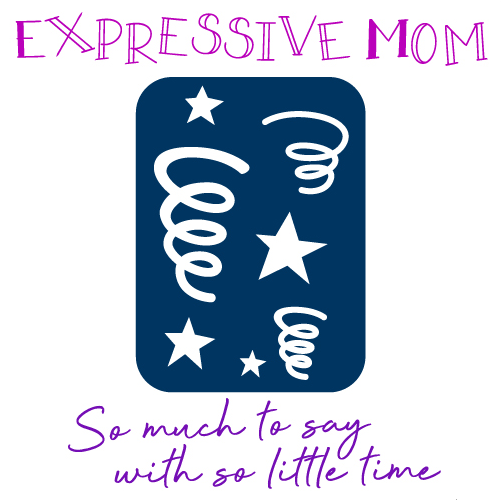After deciding what age to move your child from soft to hard foods, it’s a quest for parents to choose the safest and most nutritious options to start their little ones on their hard food journey. Whether you’re prepared for a pureed diet or using the baby-led weaning approach, the types of foods you serve your baby are an opportunity to maximize their health during these critical stages of development.
It can feel like an overload of dietary information when you’re exploring recommended foods and portion sizes. Continue reading below to help you have a starting point in exploring the top three solid foods to introduce to your baby.
Mashed Avocado
Avocados are a superfood in nature for the plethora of health benefits they provide for the human body. Avocados are nutrient-dense in B-vitamins and are a healthy source of fats to help your baby absorb fat-soluble vitamins and support a developing cardiovascular system.
In addition to offering an array of minerals and vitamin C, avocados have a low choking risk because of the creamy consistency. Avocados can be easily mashed and blended with breast milk for a pureed serving or sliced for a baby-led weaning approach.
Single-Grain Cereal
If you assumed pureed produce was your little one’s best option, we hope it delights you to learn that single-grain cereals or infant cereals are highly regarded as the first solid food. Infant cereals are rich in iron and contain a variety of key nutrients recommended for a developing system. Single-grain cereals are soft in texture and provide variety in your baby’s solid food diet, especially when blended with breast milk or formula.
Pureed Sweet Potato
Sweet potatoes are a timeless solid food to introduce to your baby because of their nutritional value and sweet flavor. Sweet potato is rich in beta-carotene, vitamin E, calcium, and potassium.
Sweet potatoes also have a high fiber content, which supports a healthy digestive tract and promotes regular bowel movements in your baby. Sweet potatoes are easily pureed in a food processor or sliced into wedges for a baby-led weaning approach.
As your little one continues to grow and develop their dietary preferences, feel free to explore different ways to customize solid foods to suit their palette.
After considering the top three solid foods to introduce to your baby, be mindful of safety practices when introducing solid foods, such as placing them into a separate dish to avoid cross-contamination between their feeding spoon and the jar. Be sure to consult your pediatrician for specific questions or other concerns regarding your baby’s solid food journey.



Connect With Me !